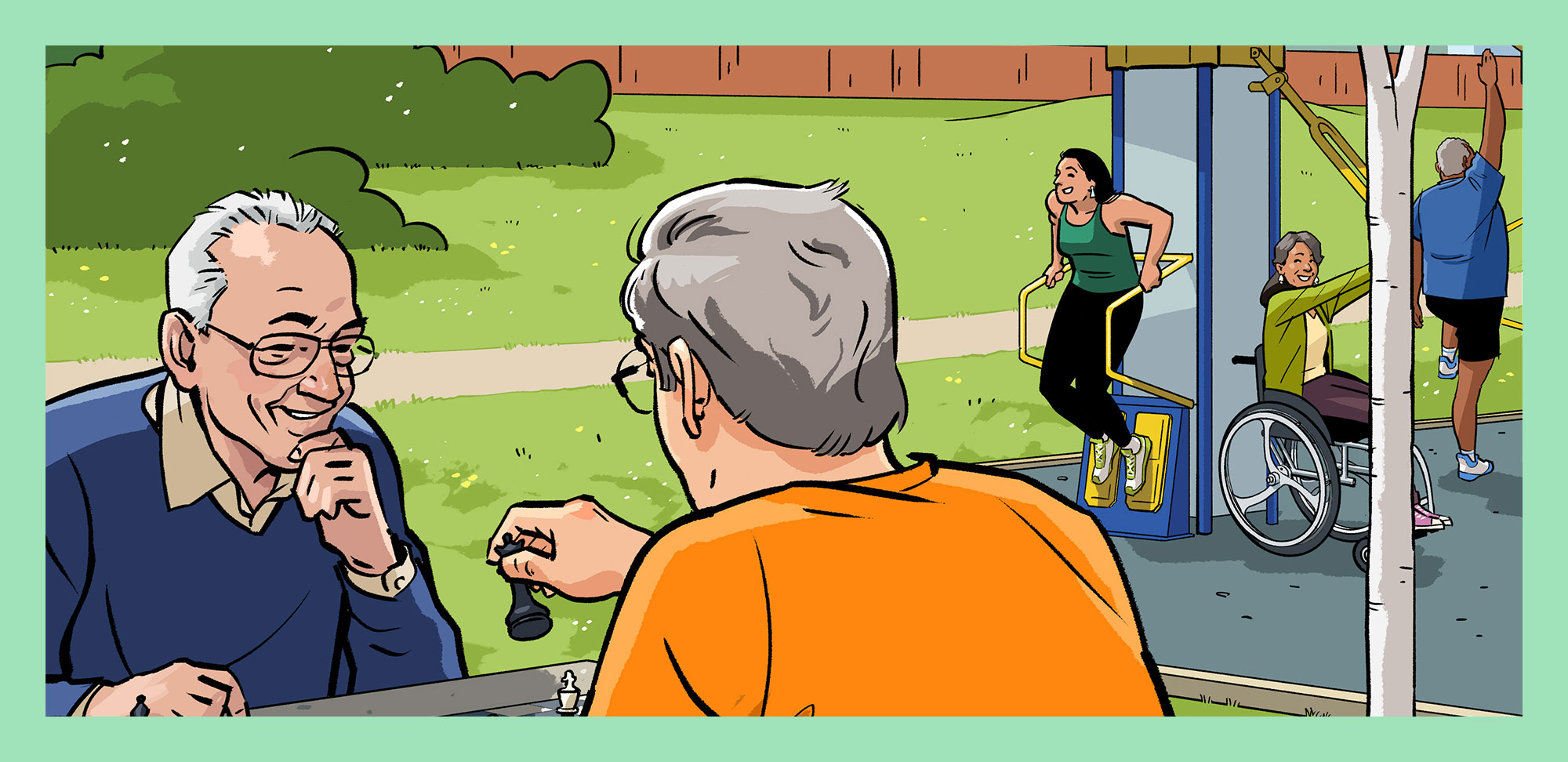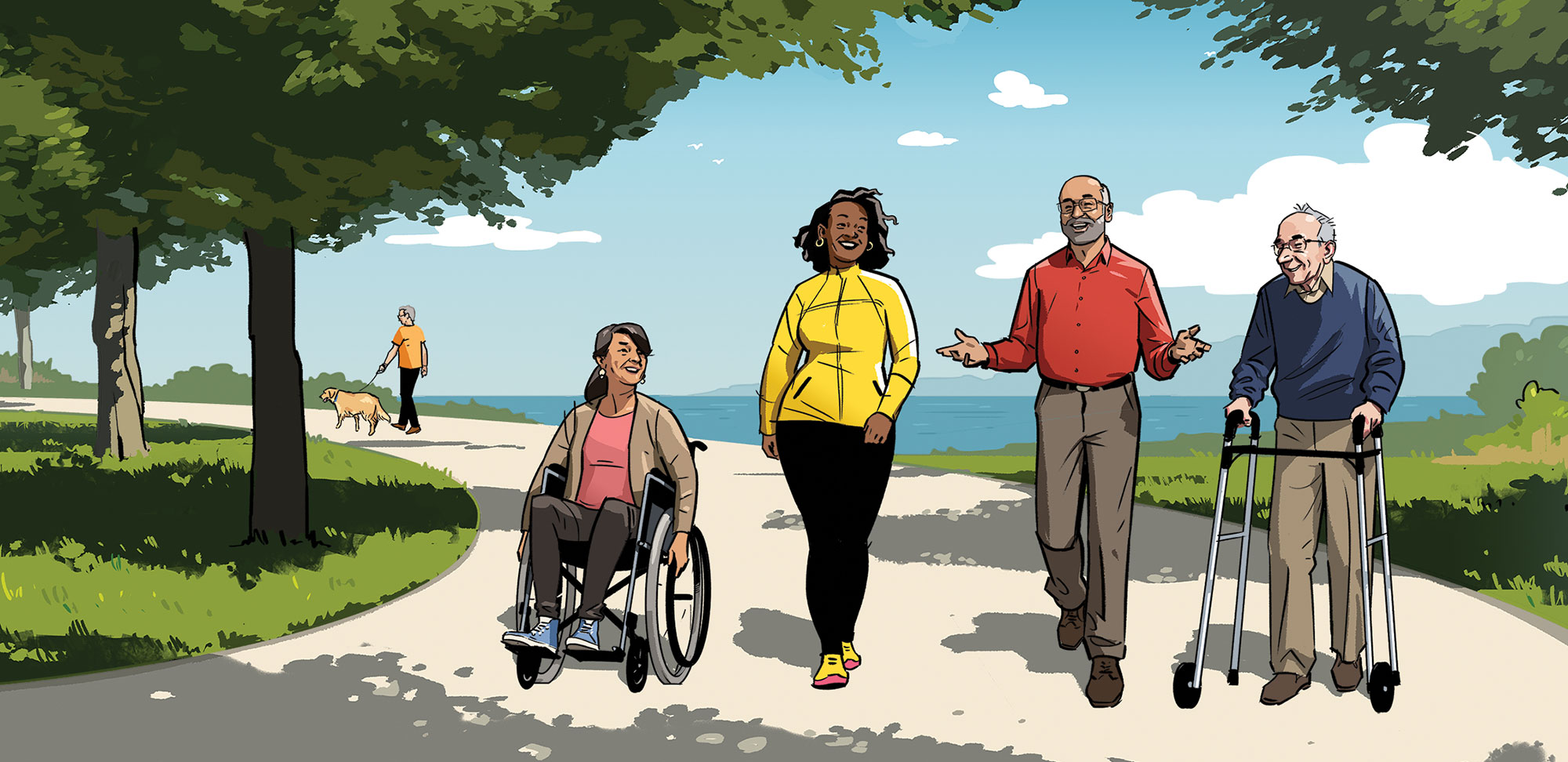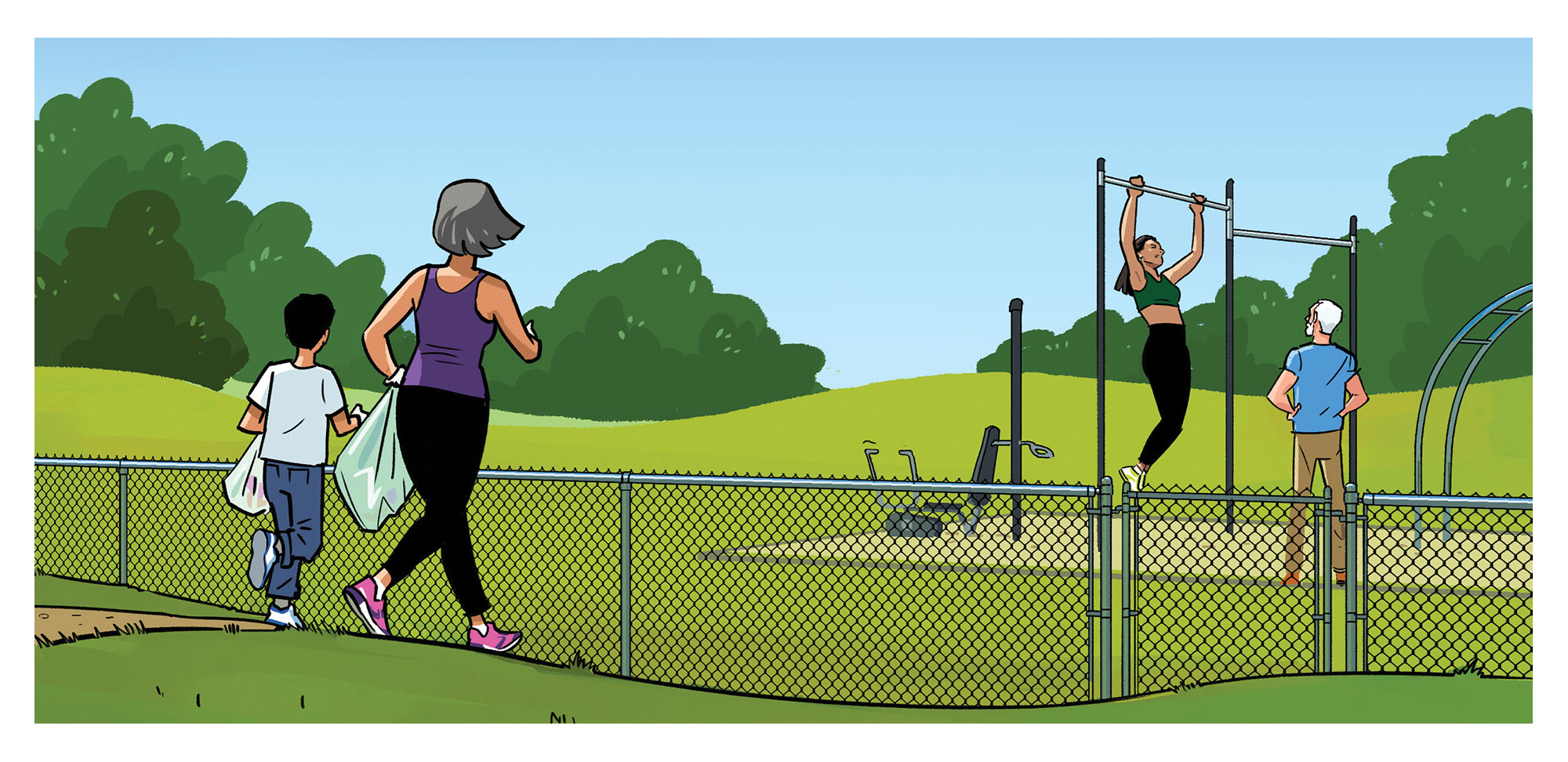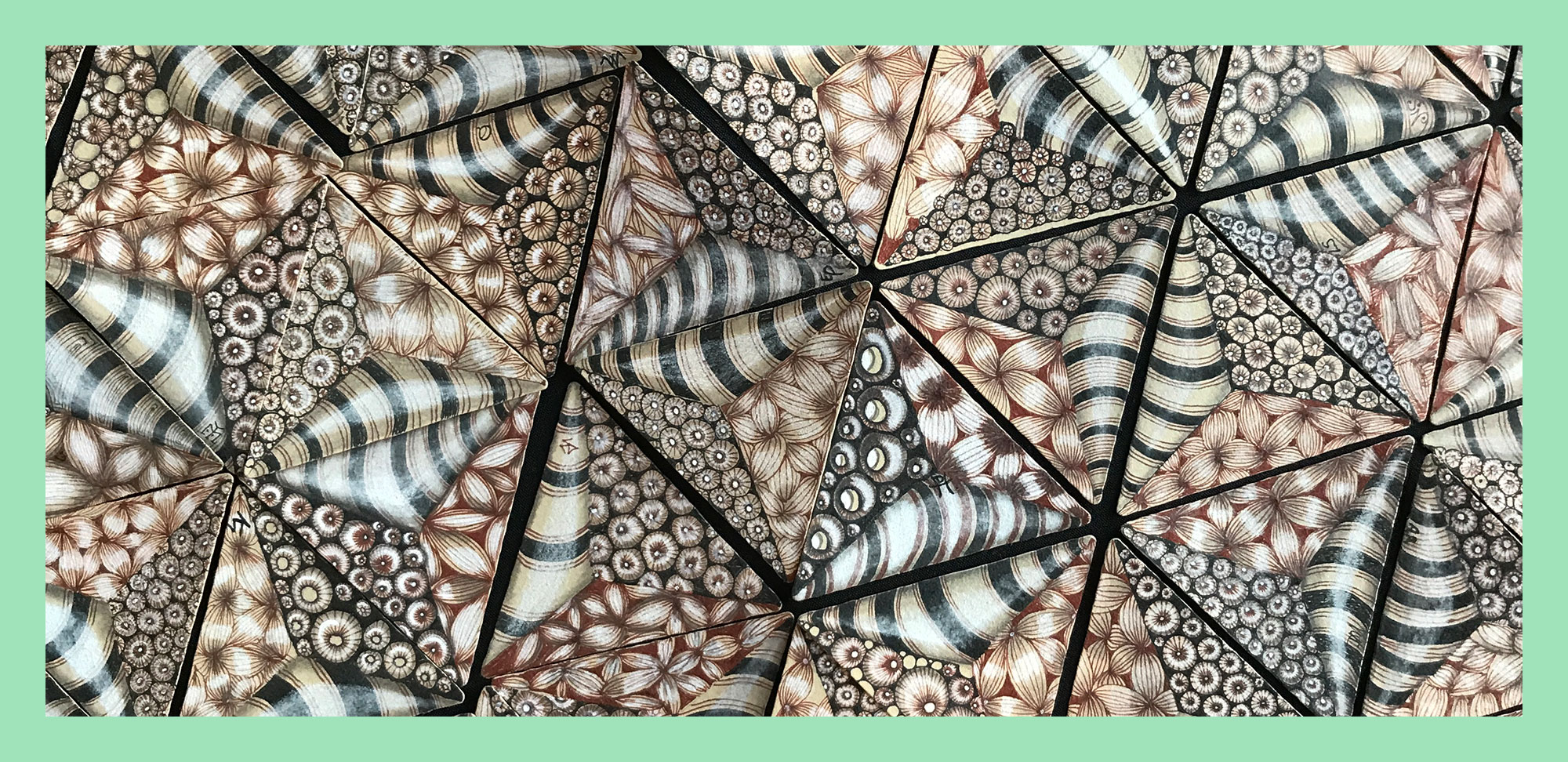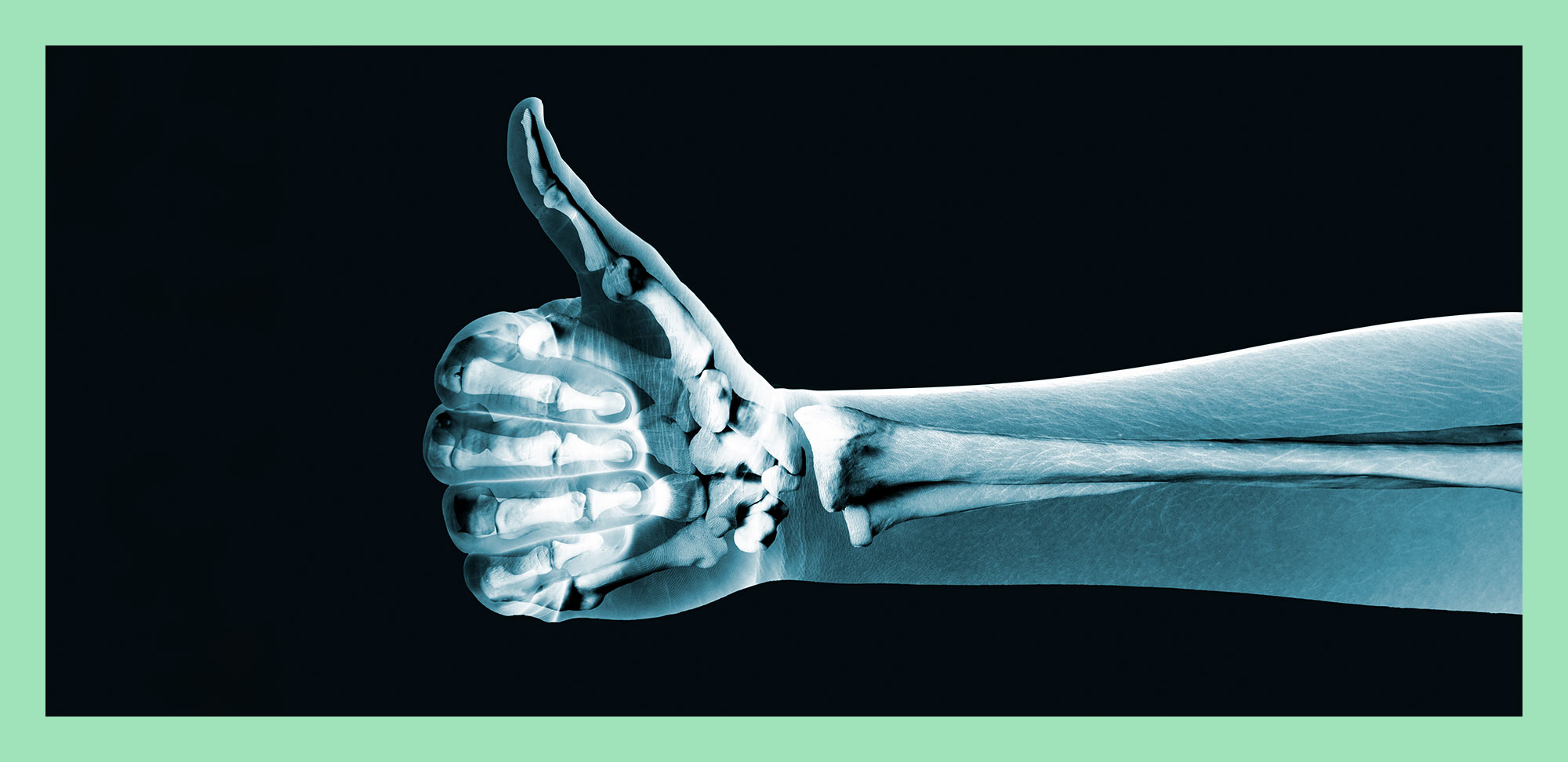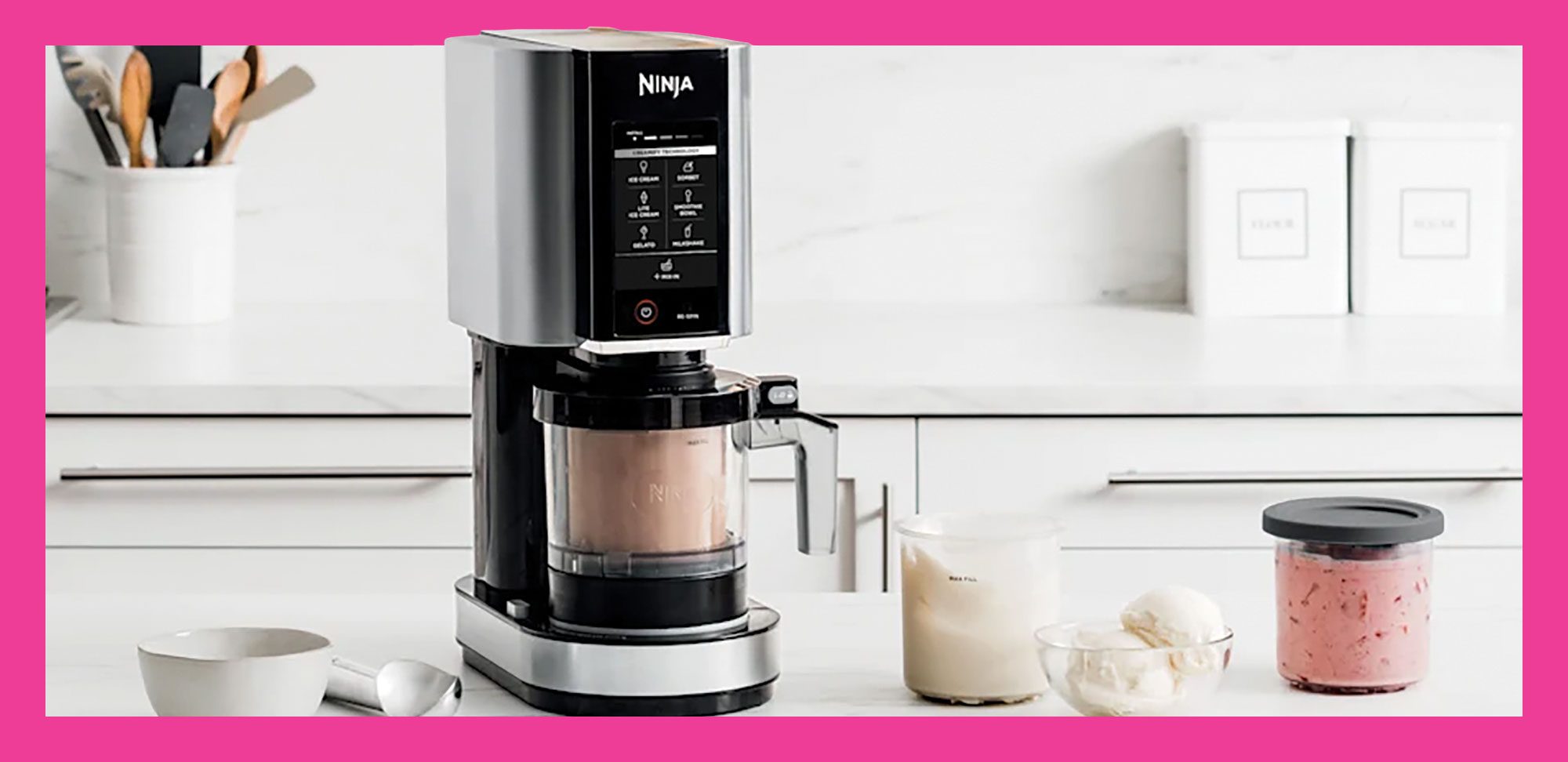Every morning before breakfast, Preshiel Govind (District 16 City of Toronto) laces up her walking shoes and tucks her smartphone into her pocket as she heads out the door. She sometimes meets up with a fitness buddy but doesn’t mind walking alone, she says, because it gives her time to think.
After every morning walk, Govind checks the phone to see how far she walked (she averages four to six kilometres) and how many steps she took (usually about 8,000 by day’s end).
“Using technology this way helps me to compete with myself — I don’t enjoy competing with others — and to keep track of my fitness,” Govind explains. She also teaches yoga and says her overall fitness goal is to just keep doing the same distance and pace as she gets older.
Wearable technology, including smartwatches, fitness trackers and other devices, is becoming more popular as these devices become easier to use. Here’s how they can help you realize your fitness goals.
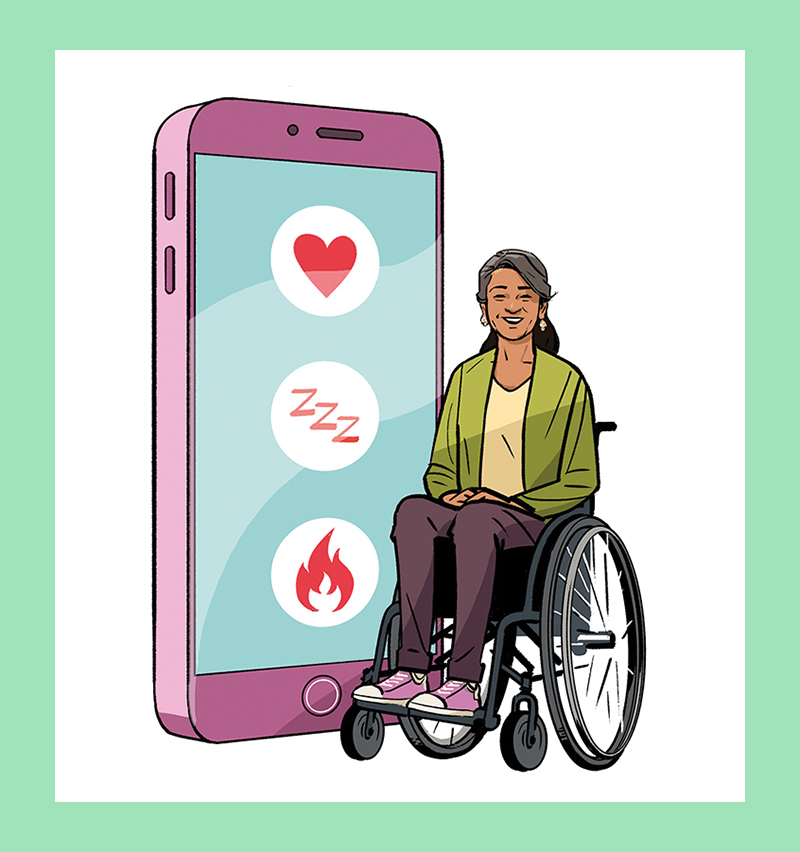
Health:
Fitness trackers keep track of your heart rate, and some will alert you when your heart rate goes above or below a specified level — which can help you stay in your target heart-rate zone when you exercise. Many devices will track calories burned. Devices can also track sleep and sleep time. “I’ve found that many people, once they start working out, start to sleep better, too,” says Meg Stickl, a seniors’ fitness expert and CEO of AIM Fitness, a club in Ottawa that provides online classes and personal training to the 50-plus population.
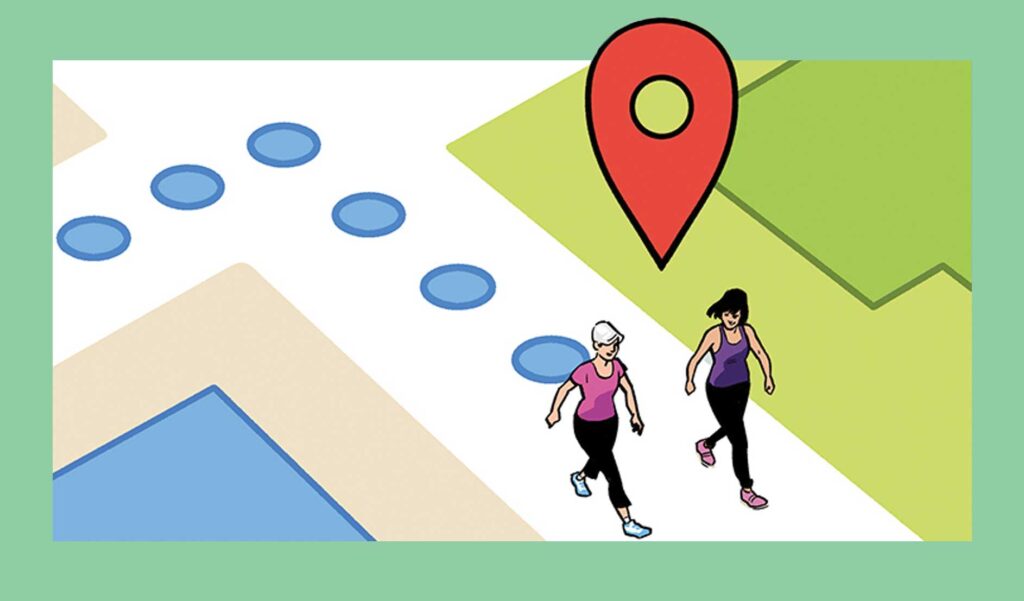
Personal safety:
Anyone who is directionally challenged — or just likes to walk, jog or cycle a mapped route — can use a GPS program (like Google Maps) on their cellphone so they always know exactly where they are and how to get home. Garmin has a feature called LiveTrack that creates a shareable map of your location so friends or family can follow along in real time on their devices, says Mike Del Giudice, a spokesperson for Garmin, which makes a wide range of wearable devices. There’s also a feature that manually triggers an emergency alert, if need be, from a person’s watch — and sends your name and location to your emergency contacts on the Garmin Connect app.
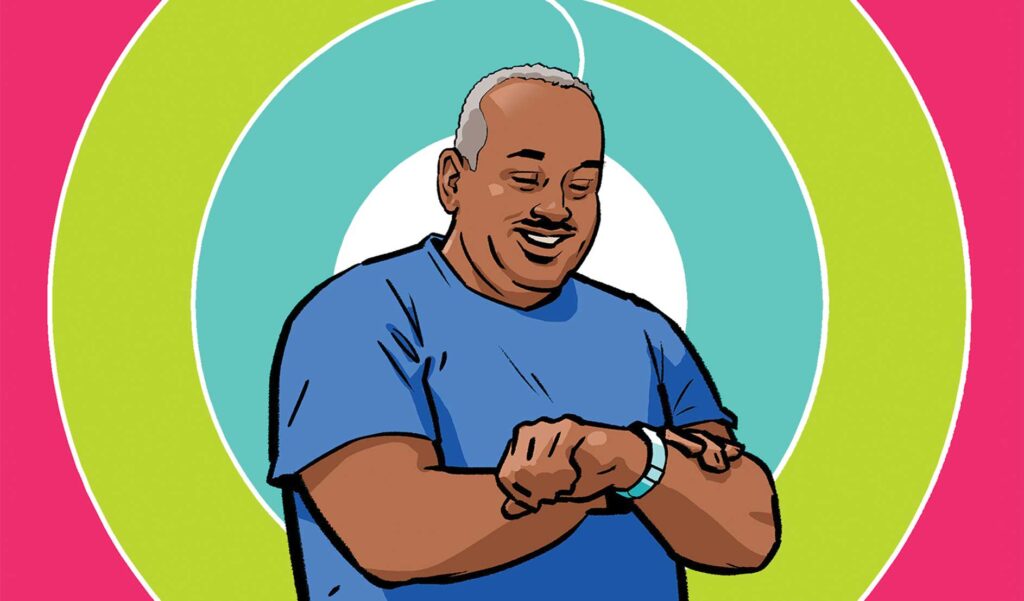
Motivation:
Most wearable technology keeps track of your day-to-day activity levels so you can look back and see how active you’ve been, explains Stickl. Some of her AIM members told her in an online poll that they use wearable technology “to track how many minutes I exercise,” “to track my steps,” and because “it’s encouraging to see the rings close on my Apple Watch . . . as I reach my 5,000-step goal every day.” Wearable technology can also keep you accountable, says Del Giudice. “A move reminder on some wearables can provide friendly reminders to get up and move if you’ve been sitting around for too long.”

Celebration:
Wearable technology can help you reach your goal — and celebrate. “If I’m only 200 steps away from reaching my 10,000-step goal,” one AIM member said in the online poll, “I’ll go up and down the hallway while brushing my teeth, to reach the goal.” A lot of devices will vibrate, provide a celebratory “woo hoo” or set off a fireworks emoji to celebrate a success.
Types of wearable technology
There are a variety of devices and apps to suit your needs and budget. Features may require connection to the internet and to other devices via Bluetooth. Be sure to shop for these products from reliable and knowledgeable retailers who will help set everything up for you.
- Smartwatches: Although not exclusively designed for fitness, many smartwatches have features that help people track their activity. Smartwatches connect to your cellphone and receive text messages and phone calls, play music and more.
- Fitness trackers: Similar to smartwatches and usually worn
on the wrist, too. They track exercise and fitness and can measure things like heart rate, muscle activity and sleep patterns. They don’t typically let you text or communicate with others. - Cellphones: Many people use health/fitness apps on their cellphones for basic information such as step counting. All you have to do is carry your cell on your person.


